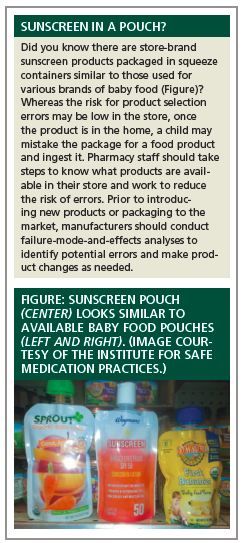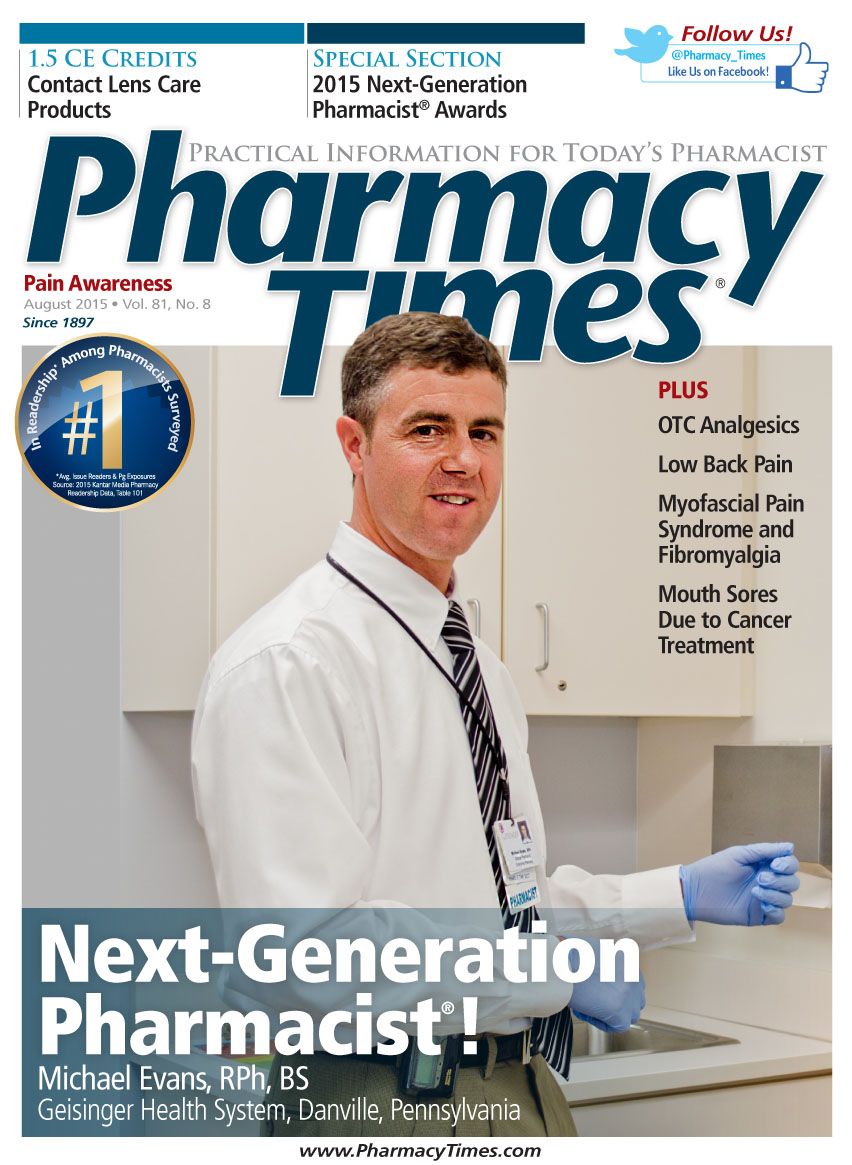Publication
Article
Pharmacy Times
Which Opioid With Acetaminophen Product Is It?
Author(s):
Over the past several months, the Institute for Safe Medication Practices has received a number of reports of mix-ups between hydrocodone-acetaminophen and oxycodone-acetaminophen combination products.

Over the past several months, the Institute for Safe Medication Practices has received a number of reports of mix-ups between
HYDROcodone-acetaminophen and oxyCODONE-acetaminophen combination products. Although the exact causes of these errors are not known, one cannot help but think that the recent limits imposed on the amount of acetaminophen contained in prescription products such as these are playing a role.
In 2011, the FDA asked manufacturers to limit the strength of acetaminophen in prescription drug products to 325 mg per dosage unit (www.fda.gov/ Drugs/DrugSafety/ucm239821.htm). As of the end of March 2014, all manufacturers have discontinued marketing prescription combination drug products with more than 325 mg of acetaminophen (www.fda.gov/Drugs/DrugSafety/ InformationbyDrugClass/ucm390509 .htm). These products now contain 300 or 325 mg of acetaminophen and have overlapping dosage strengths (2.5, 5, 7.5, and 10 mg) of their opioid components.
In the majority of reports received, an oxyCODONE-acetaminophen product has been dispensed instead of the prescribed HYDROcodone-acetaminophen. In several cases, oxyCODONE-acetaminophen 10 mg/325 mg was dispensed instead of HYDROcodone-acetaminophen 10 mg/325 mg. In another case, oxyCODONE-acetaminophen 7.5 mg/325 mg was dispensed instead of HYDROcodone-acetaminophen 7.5 mg/325 mg. Similarly, oxyCODONE-acetaminophen 5 mg/325 mg has been dispensed in place of HYDROcodone-acetaminophen 5 mg/325mg.
Another factor that may contribute to errors is the reformulation of Vicodin (HYDROcodone-acetaminophen) to contain only 300 mg of acetaminophen. Prescribers may be unaware that Vicodin contains a different amount of acetaminophen than other formulations of HYDROcodone-acetaminophen. For example, in 1 report, a physician wrote a prescription for Vicodin 5 mg/325 mg. Since Vicodin is only available with 300 mg of acetaminophen, the pharmacist assumed the physician intended to prescribe oxyCODONE-acetaminophen 5 mg/325 mg. The patient discovered the error because the tablets looked different than what she expected. What effect the decision by the Drug Enforcement Agency to reclassify HYDROcodone combination products from Schedule III to Schedule II (https://federalregister .gov/a/2014-19922) is having on these types of errors is unknown.
To reduce the risk of a mix-up, examine where these products are stored. Close proximity and similar-looking containers can increase this risk. To help ensure the correct combination is dispensed, prescribers should indicate on the prescription how much HYDROcodone or oxyCODONE and acetaminophen is intended. If the combination prescribed is unavailable, the pharmacist should contact the prescriber. At the point of sale, pharmacy staff should review each prescription container with the patient. As an added precaution with any acetaminophen- containing product, educate patients about the importance of reading all prescription and OTC labels to ensure they are taking the correct medication and not multiple acetaminophen-containing products. Also, provide guidance to not exceed the maximum recommended daily dose of acetaminophen (ie, 4000 mg per day for adults).
Dr. Gaunt is a medication safety analyst and the editor of ISMP Medication Safety Alert! Community/ Ambulatory Care Edition.







